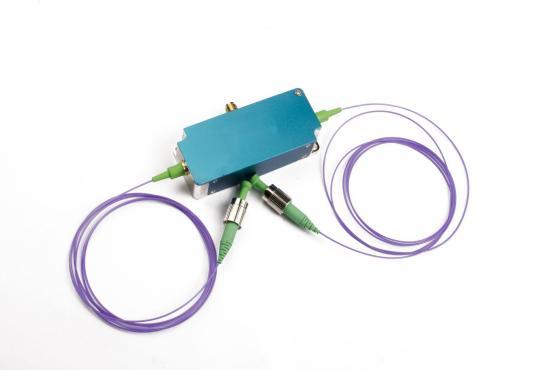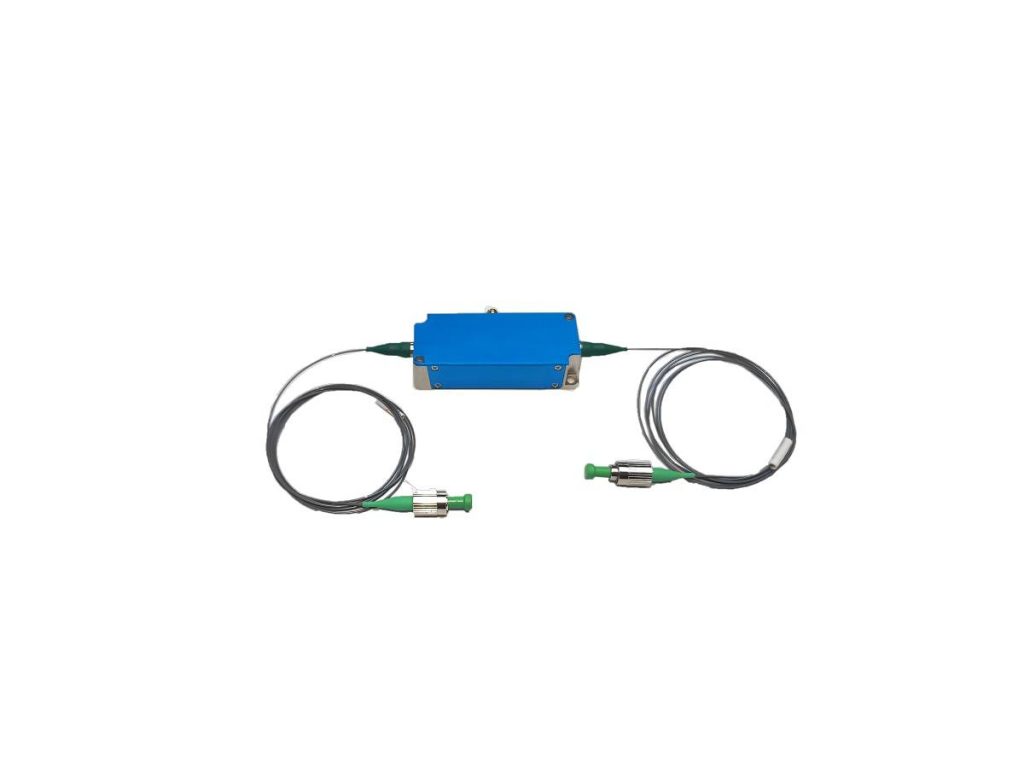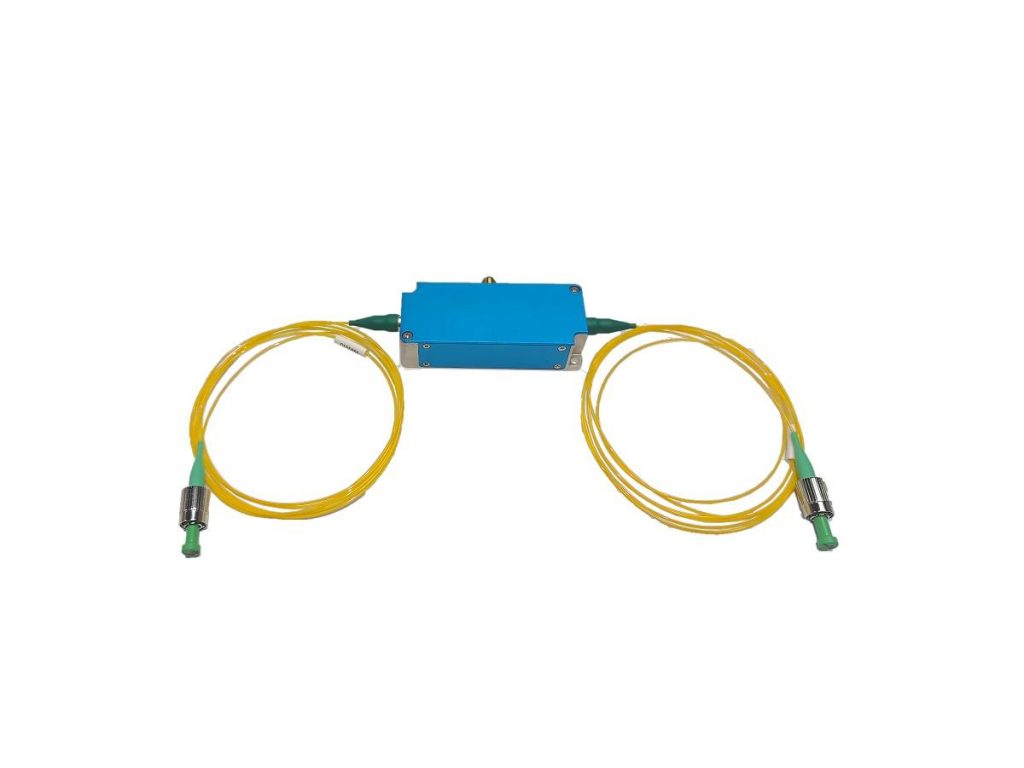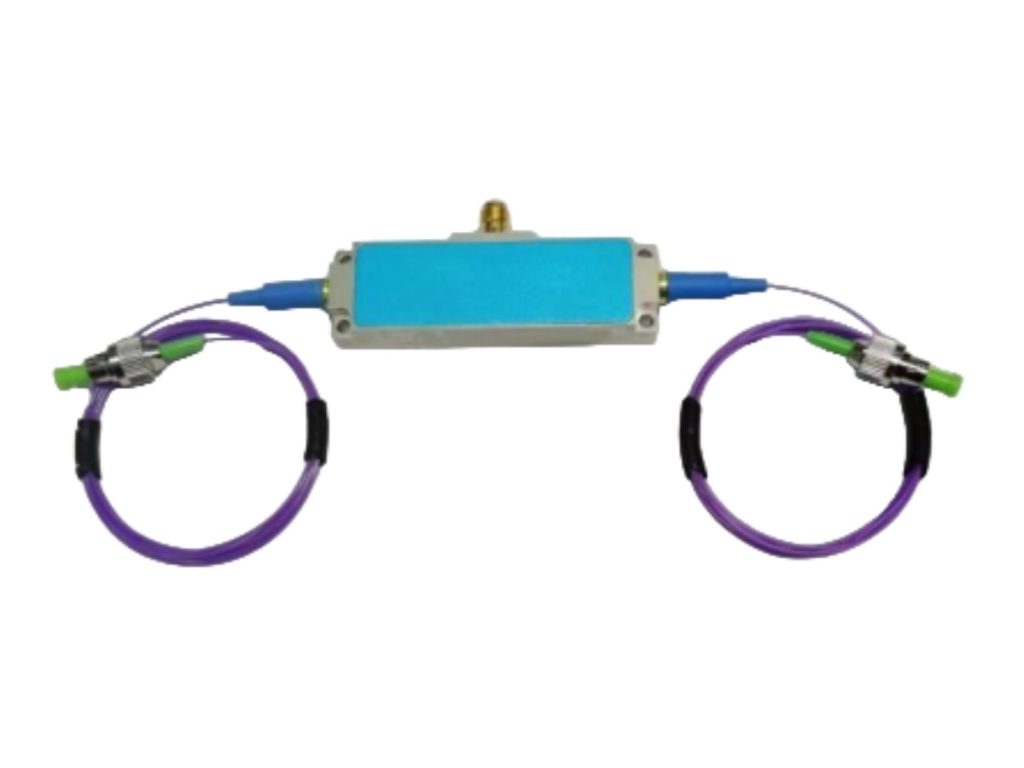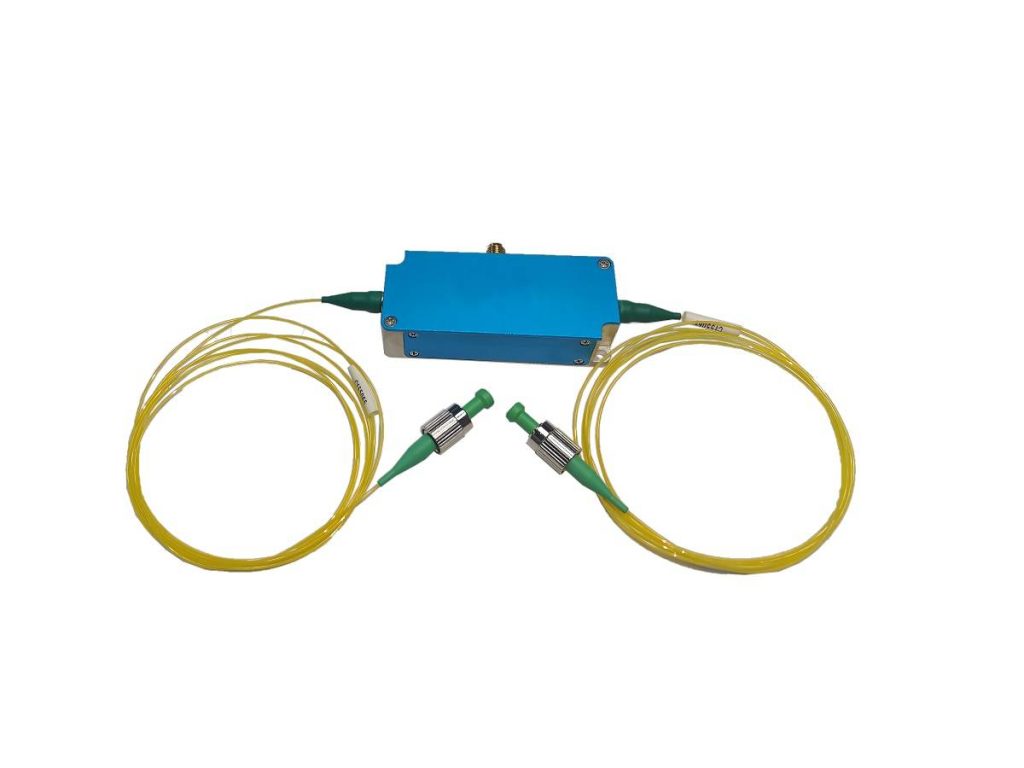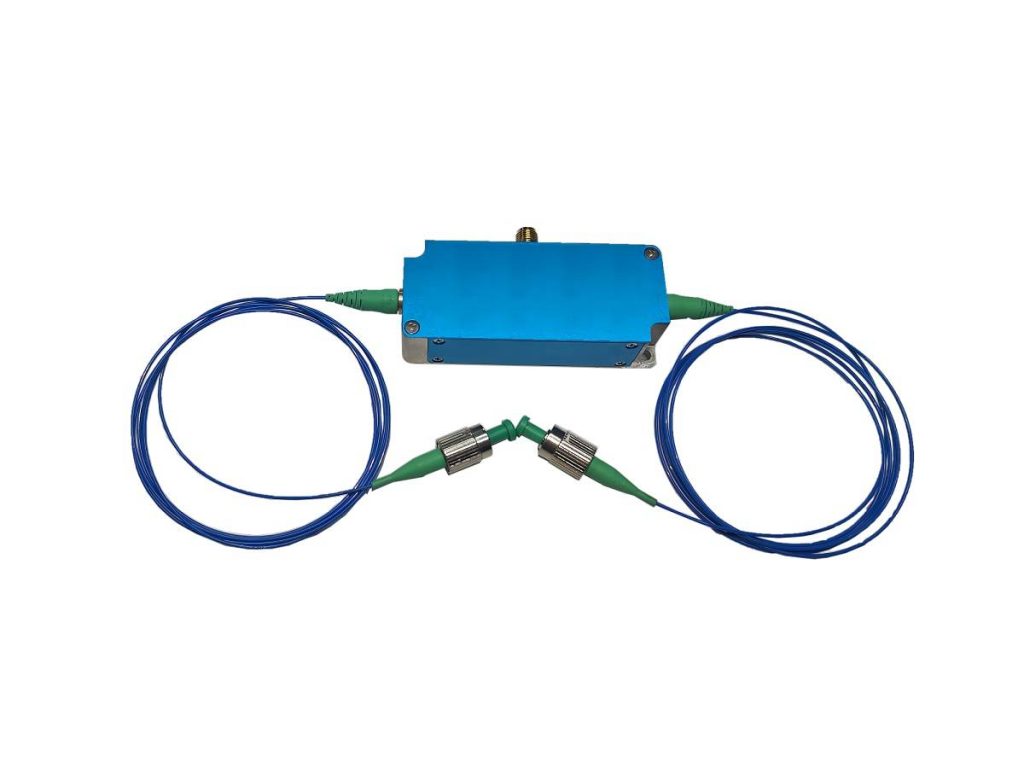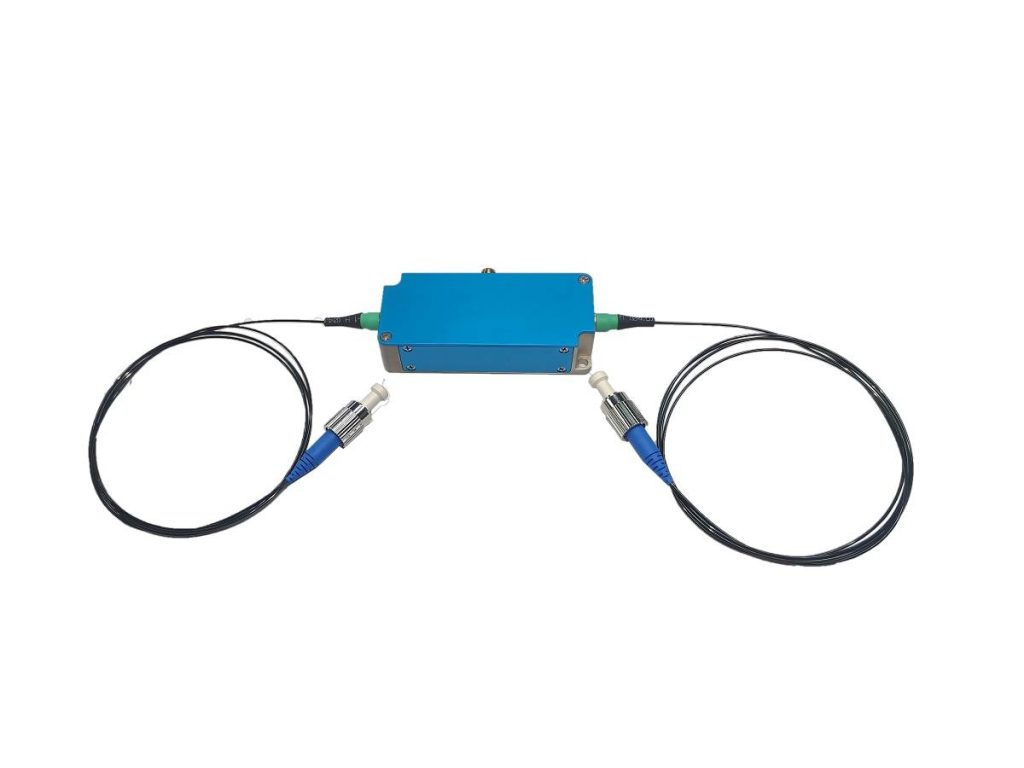Common Issues and Solutions for Fiber AOM
Fiber AOMs (Acoustic-Optical Modulators) utilize the interaction between light and sound waves, they enable precise control of optical signals, enabling applications such as optical switching, signal modulation, and laser frequency stabilization. This article explores common issues encountered in Fiber AOM operation, including RF drive issues, acoustic wave distortions, thermal effects, and optical alignment problems. Furthermore, it presents effective solutions and best practices for mitigating these issues, such as proper AOM selection, rigorous monitoring and diagnostics, and regular maintenance and calibration.
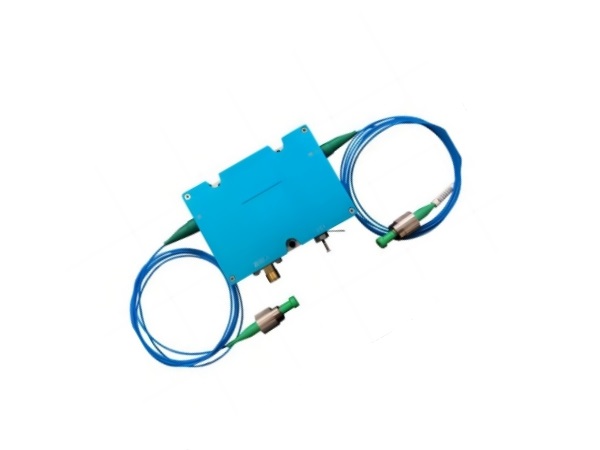
I. Common Issues in Fiber AOM Operation
1. RF Drive Issues:
a) Drive Signal Distortion:
Impact:
- Harmonics: When the RF drive signal contains harmonics, these higher-frequency components can generate spurious acoustic waves within the AOM crystal. This leads to multiple diffraction orders, reducing the efficiency of the desired diffraction order and potentially introducing unwanted noise into the optical signal.
- Noise: Noise in the RF drive signal can cause fluctuations in the acoustic wave amplitude, resulting in unstable diffraction efficiency and noise in the diffracted optical signal.
Solutions:
- High-quality RF amplifiers with low distortion: Utilizing amplifiers with low levels of harmonic distortion minimizes the generation of spurious acoustic waves.
- Signal filtering and conditioning techniques: Employing filters to remove unwanted frequencies and conditioning techniques to improve signal quality can significantly reduce the impact of distortion.
b) Drive Power Instability:
Impact:
Fluctuations in the RF drive power directly affect the amplitude of the acoustic wave within the AOM crystal. This leads to variations in diffraction efficiency, making it difficult to maintain stable optical output.
Inaccurate or drifting drive power can also cause instability in the position and shape of the diffracted beam.
Solutions:
- Stable RF power sources: Utilizing highly stable RF power sources, such as temperature-stabilized oscillators, minimizes fluctuations in drive power.
- Closed-loop feedback systems: Implementing feedback systems that monitor the diffracted optical power and adjust the drive power accordingly can maintain stable operation.
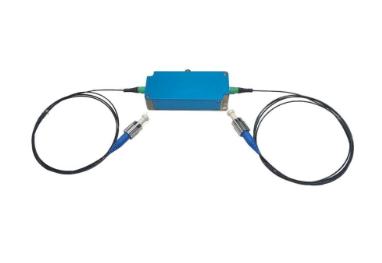
2. Acoustic Wave Issues:
a) Acoustic Wave Distortion:
Impact:
- Material imperfections: Inhomogeneities within the AOM crystal can distort the acoustic wave propagation, leading to variations in the acoustic field and affecting the diffraction pattern.
- Temperature variations: Changes in temperature can alter the acoustic properties of the crystal, such as acoustic velocity and attenuation, resulting in distortions in the acoustic wavefront.
Solutions:
- High-quality acousto-optic materials: Using materials with high optical quality and low acoustic loss minimizes distortions.
- Temperature stabilization of the AOM mount: Maintaining a stable temperature environment for the AOM mount minimizes the impact of temperature fluctuations on acoustic wave propagation.
b) Acoustic Standing Waves:
Impact:
When acoustic waves traveling in opposite directions interfere within the crystal, standing waves can form. These standing waves can create regions of high and low acoustic intensity, leading to variations in diffraction efficiency and increased noise in the diffracted optical signal.
Solutions:
- Proper design and optimization of the acoustic drive circuit: Careful design of the acoustic drive circuit can minimize the formation of standing waves.
- Use of broadband acoustic absorbers: Employing acoustic absorbers within the AOM mount can help to damp standing waves and reduce their impact.
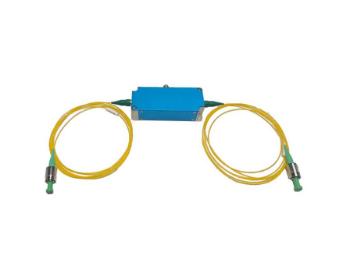
3. Thermal Issues:
a) Temperature-Induced Drift:
Impact:
Temperature variations can affect the refractive index and acoustic velocity within the AOM crystal. These changes can lead to shifts in the diffraction angle, changes in the center frequency of the diffracted light, and variations in diffraction efficiency.
Solutions:
- Temperature-controlled environments: Maintaining a stable temperature environment for the AOM can minimize the impact of temperature fluctuations.
- Use of temperature-compensated materials: Utilizing materials with low temperature coefficients can reduce the sensitivity of the AOM to temperature variations.
b) Thermal Lensing:
Impact:
When the AOM crystal absorbs optical or acoustic power, it can generate heat. This heat can create temperature gradients within the crystal, leading to variations in the refractive index. These variations can act like a lens, distorting the optical beam and degrading beam quality.
Solutions:
- Efficient heat dissipation mechanisms: Employing efficient heat sinks or cooling mechanisms can help to dissipate heat and minimize thermal gradients.
- Use of low-absorption materials: Utilizing materials with low absorption coefficients for both optical and acoustic waves can reduce heat generation.
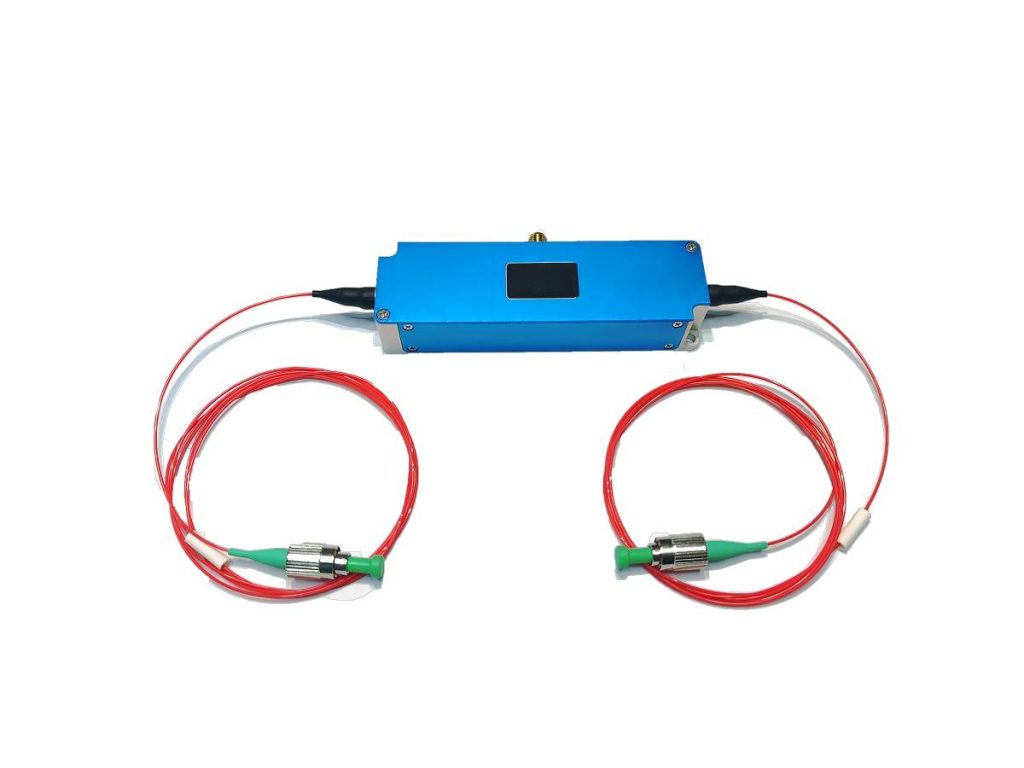
4. Optical Alignment Issues:
a) Misalignment of Input/Output Fibers:
Impact:
Misalignment between the input and output fibers and the AOM crystal can significantly reduce coupling efficiency, leading to reduced optical power in the diffracted beam.
Solutions:
Precise fiber alignment techniques: Utilizing precision fiber mounts and employing techniques such as active stabilization can ensure accurate and stable fiber alignment.
b) Misalignment of the Optical Beam:
Impact:
Misalignment of the input optical beam with respect to the acoustic wavefronts within the AOM crystal can reduce diffraction efficiency and degrade beam quality.
Solutions:
- Careful optical alignment procedures: Employing careful and precise optical alignment procedures using techniques such as beam profiling and optimization.
- Use of beam steering optics: Utilizing beam steering optics can help to adjust the position and direction of the optical beam to ensure optimal interaction with the acoustic wave.
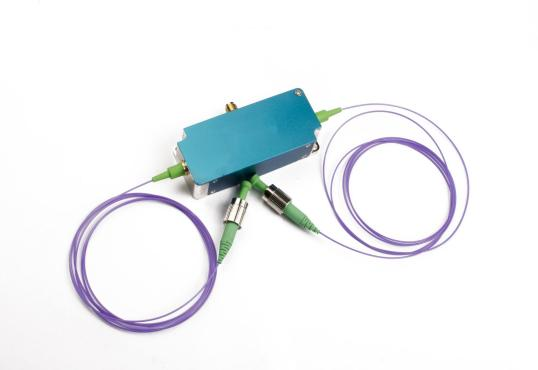
II. Solutions and Best Practices
1. AOM Selection and Design:
a) Choosing the Right AOM:
When selecting a Fiber AOM for a specific application, carefully consider the following key parameters:
- Bandwidth: The range of frequencies over which the AOM can effectively modulate the optical signal.
- Diffraction Efficiency: The percentage of optical power that is diffracted into the first order. Higher diffraction efficiency is generally desirable.
- Rise/Fall Time: The speed at which the AOM can switch the optical signal on or off. This is crucial for applications requiring high-speed modulation.
- Center Frequency: The optimal RF drive frequency for maximum diffraction efficiency.
- Acousto-optic Material: The material used for the AOM crystal (e.g., TeO2, PbMoO4) influences its performance characteristics.
b) Proper AOM Design:
- Minimizing Acoustic Losses: Careful design of the acoustic waveguides and transducers can minimize acoustic losses within the crystal, improving overall efficiency.
- Maximizing Diffraction Efficiency: Optimizing the AOM design involves factors such as the interaction length, acoustic power, and the angle of incidence of the optical beam to maximize the diffraction efficiency.
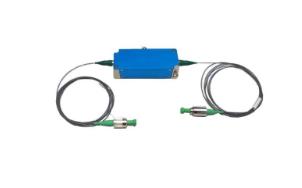
2. Monitoring and Diagnostics:
a) Real-time Monitoring:
Implement systems to continuously monitor key performance parameters of the AOM, including:
- Diffraction Efficiency: Monitor the optical power in the first-order diffracted beam.
- RF Power: Monitor the RF power delivered to the AOM transducer.
- Temperature: Monitor the temperature of the AOM crystal and its surroundings.
- Drive Signal Quality: Monitor the RF drive signal for distortions or noise.
b) Diagnostic Techniques:
Employ various diagnostic tools to identify and troubleshoot issues:
- Optical Spectrum Analyzers: Analyze the spectral content of the diffracted light to detect spurious signals or unexpected spectral broadening.
- Oscilloscopes: Observe the temporal behavior of the RF drive signal and the modulated optical signal.
- Power Meters: Measure the optical power at various points in the system to identify any losses or unexpected variations.

3. Maintenance and Calibration:
a) Regular Maintenance:
- Conduct regular visual inspections of the AOM and its components.
- Clean the optical surfaces of the AOM to remove dust and other contaminants that can affect performance.
- Periodically check the integrity of the RF connections and other electrical components.
b) Calibration Procedures:
- Establish and follow well-defined calibration procedures to ensure accurate and reliable operation.
- This may involve adjusting the RF drive power, optimizing the optical alignment, and verifying the diffraction efficiency and other key performance parameters.
- Regular calibration can help to maintain consistent performance over time and minimize the impact of aging or environmental factors.
The Final Word
These solutions encompass careful AOM selection and design, rigorous monitoring and diagnostics, and regular maintenance and calibration. By adhering to these guidelines, researchers and engineers can minimize downtime, optimize system performance, and advance the development of cutting-edge optical systems that rely on the precise control offered by Fiber AOMs.
Smart Sci & Tech will continue to stay with you.

